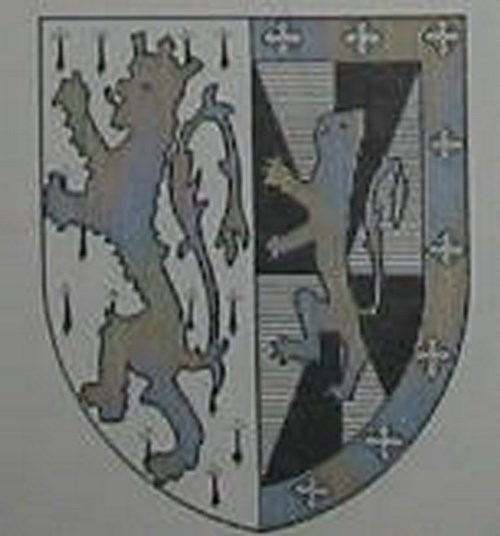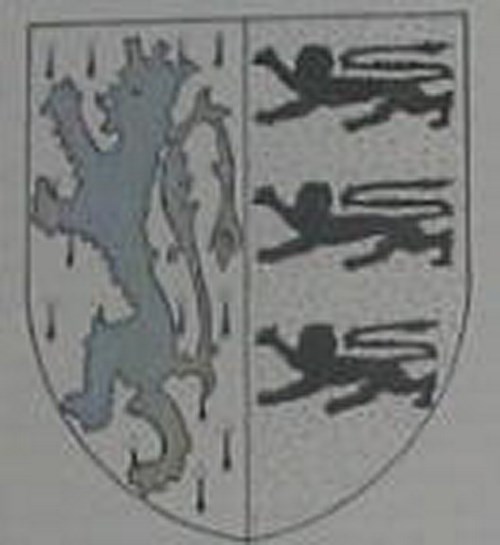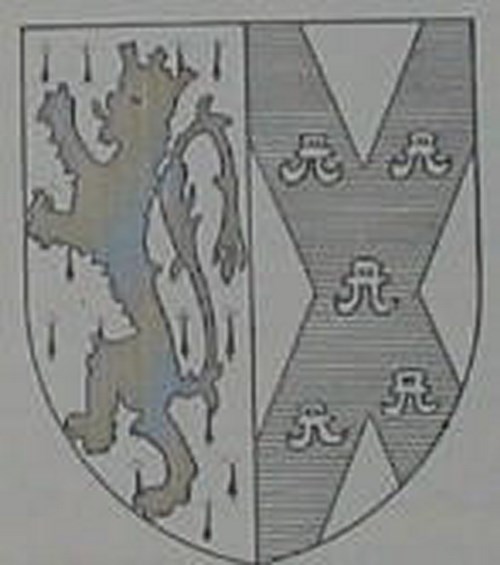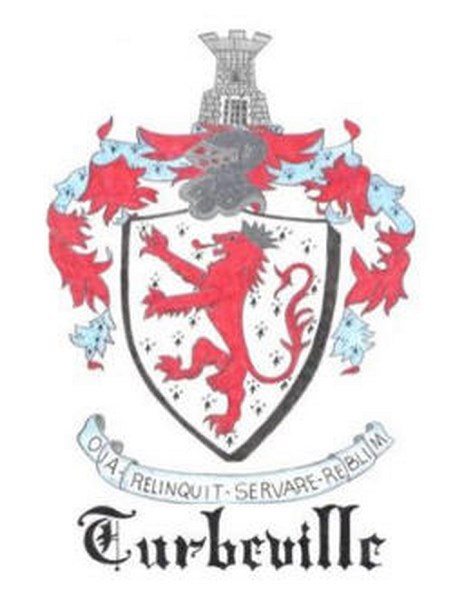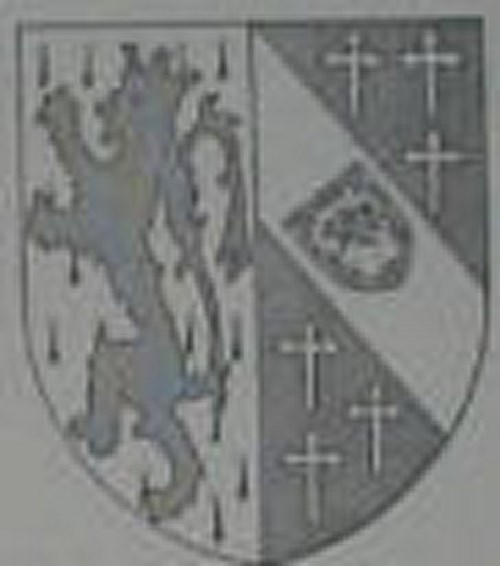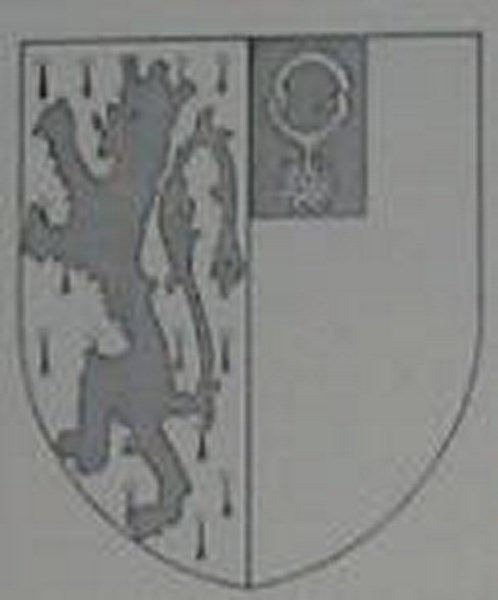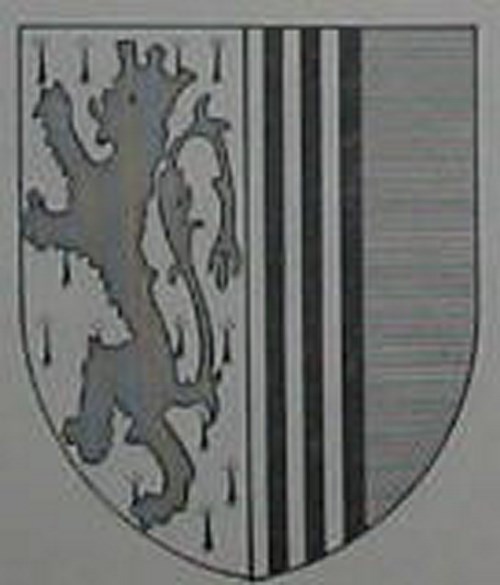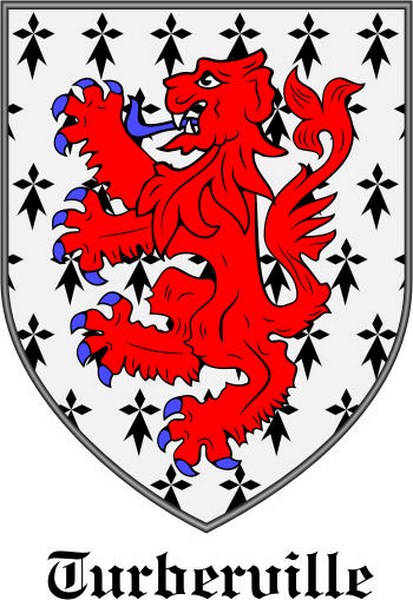


Although this family figured so largely in Bere Regis affairs from the 13th to the early 18th centuries, exercising a powerful influence as lords of the manor, they had entirely disappeared by 1780.
By the first half of the 16th century they had become so numerous that it seems to have been necessary to establish new branches at Wool and Winterborne Whitchurch, but in spite of this, male descendants had become very scarce by the end of the 17th century. Although this complete extinction of a family and name seems to lend a certain air of unreality to them, it does at the same time add interest to a study of their history for they were real enough, particularly no doubt, to any who may have had reason to oppose them. At the present time, perhaps, the fictional D'Urbervilles of Hardy's well-known novel may seem more real than the factual Turberville s upon whom they were based.
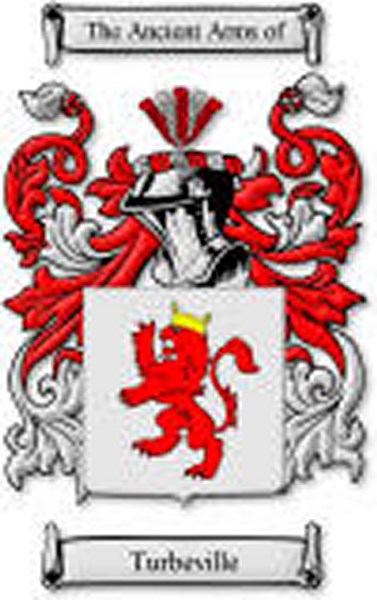
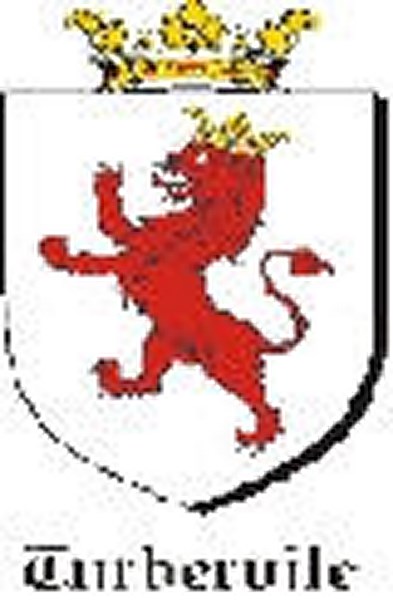
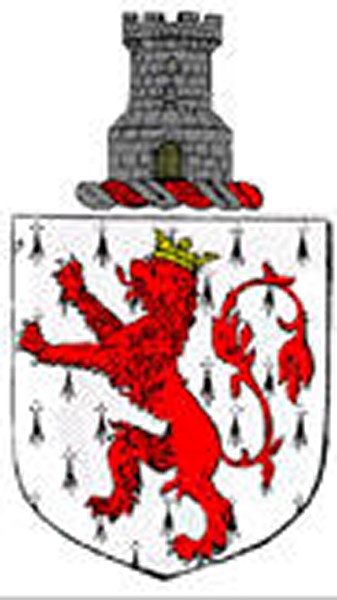
6. Sir Richard Turberville.
Eldest son and heir of Sir John (5). His first marriage was to Eleanor, daughter of Sir Thomas Norris during which time his eldest son Robert was born.
His second marriage was to Cecilia, sister of John, Lord Beauchamp of Hatch, when his daughter Juliana was born.
Sir Richard is referred to in 1346 as holding land in Bere as successor to his father, and a Richard Turberville is mentioned in 1362 as one of two collectors of tenths and fifteenths in Dorset. He died in 1362.
7. Sir Robert Turberville.
Eldest son and heir of Sir Richard (6).
He was born in 1356 and succeeded his father as lord of the manor in 1362 at the age of 6.
He married Margaret, daughter of Lord Carew of Bedington, was knighted in 1403 and died in 1424 aged 68.
8. William Turberville.
Eldest son and heir of Sir Robert (7).
He was born in 1394, and succeeded his father as lord of the manor in 1424 at the age of 30. His first marriage was to Joan, daughter of Nicholas Toner during which time his four sons, John, Richard, Hugh and Robert were born.
Three further children, Humphrey, John and Joan were born during his second marriage, to Edith, daughter of John Newburgh. In 1434 he was "named among the gentry of this county who could dispend £10 per annum".
He died in 1451, and a floor slab formerly in the south aisle of the church bore the fragmentary inscription `Orate pro a'i'a' Will'i-.' It probably marked his tomb as there seem not to have been any prominent William Turbervilles occurring after him.
9. John Turberville.
Eldest son and heir of William (8). He was .born in 1431 and succeeded his father as lord of the manor in 1451 at the age of 20.
He married Alice, daughter of Hugh Bramshott, but their only child or children died, and at his death he was succeeded by his brother Richard. In 1485 he was "Constable of oure castell of Corff, portershipp of the same, tributes these posts to his nephew John (11), but this would make him both a very young Sheriff and a very old man at death, either of which would be unlikely, especially as such posts were more often held by a `reigning' lord of the manor. In 1486 John (9) would have been aged 55, which seems a reasonable age at which to be Sheriff.
10. Richard Turberville.
Brother and heir of John (9) and second son of William (8).
His first marriage was to Joan when a daughter, Alice was born. During his second marriage to Joan, daughter of Thomas Benham of Wiltshire, four further children were born -John, Thomas, Richard and Edith. He died in 1505, and a floor slab formerly in the south aisle of the church bore the following fragmentary inscription - Ricardus Turbervyle arm. Quondam Dorninus de Bere Regis, et Johana uxor eius; qui quidem "Richard Turberville, arm bearer, lord of Bere Regis, and Joan his wife; which said".
